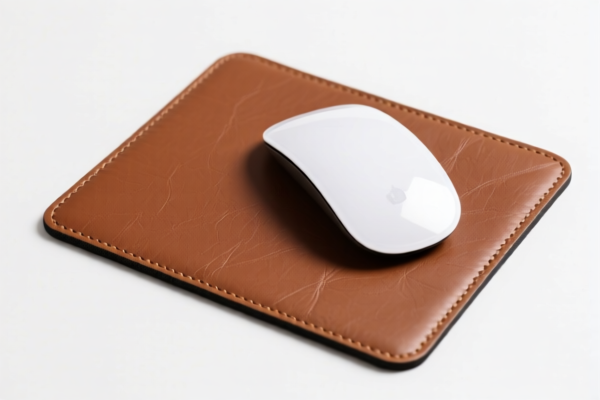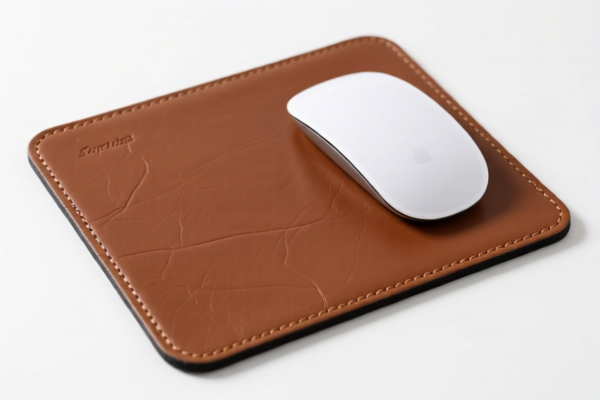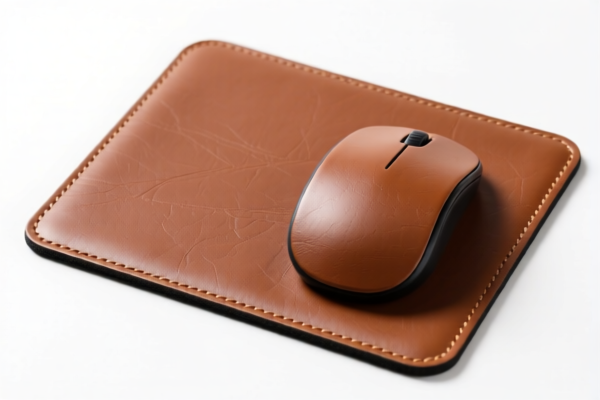Found 15 matching results
(CN → US)
| HS Code | Official Doc | Tariff Rate | Origin | Destination | Effective Date |
|---|---|---|---|---|---|
| 4205000500 | Doc | 57.9% | CN | US | 2025-05-12 |
| 4205004000 | Doc | 56.8% | CN | US | 2025-05-12 |
| 4201003000 | Doc | 57.4% | CN | US | 2025-05-12 |
| 4201006000 | Doc | 57.8% | CN | US | 2025-05-12 |
| 4101507000 | Doc | 40.8% | CN | US | 2025-05-12 |
| 4101901010 | Doc | 37.5% | CN | US | 2025-05-12 |
| 4302196000 | Doc | 58.5% | CN | US | 2025-05-12 |
| 4303900000 | Doc | 55.0% | CN | US | 2025-05-12 |
| 4107117090 | Doc | 35.0% | CN | US | 2025-05-12 |
| 4107997090 | Doc | 35.0% | CN | US | 2025-05-12 |
| 4114203000 | Doc | 57.3% | CN | US | 2025-05-12 |
| 6406106500 | Doc | 37.5% | CN | US | 2025-05-12 |
| 6406906000 | Doc | 37.5% | CN | US | 2025-05-12 |
| 6403591000 | Doc | 30.0% | CN | US | 2025-05-12 |
| 6403919015 | Doc | 40.0% | CN | US | 2025-05-12 |




Leather Pad
A leather pad is a generally flat, protective surface constructed primarily from animal hide, typically cowhide, sheepskin, or goatskin, though other leathers are utilized. These pads serve a variety of purposes, broadly categorized by protection, writing/work surface provision, and aesthetic enhancement.
Material
- Leather Type: Full-grain leather is considered the highest quality, exhibiting durability and natural markings. Top-grain leather offers a smoother surface after minimal sanding. Genuine leather is a broad term denoting real leather, but quality can vary significantly. Bonded leather, comprised of leather scraps, is the least durable option.
- Backing: Often features a backing material for increased stability and cushioning. Common backing materials include felt, cork, or additional layers of leather.
- Finishing: Treatments like tanning, dyeing, and surface coatings (wax, sealant) impact the pad’s appearance, water resistance, and texture.
Purpose & Function
- Desk Protection: Prevents scratches, dents, and other damage to desk surfaces from writing instruments, objects, or general use.
- Writing Surface: Provides a smooth, comfortable surface for writing, drawing, or sketching. The leather's texture can offer some resistance for pen control.
- Mouse Pad: Offers a consistent tracking surface for computer mice, though specialized mouse pads often outperform leather in this regard.
- Coaster/Hot Pad: Some thicker leather pads are used to protect surfaces from heat and condensation, though prolonged exposure to high heat is generally discouraged.
- Aesthetic Enhancement: Adds a touch of sophistication and elegance to a workspace or décor.
Usage Scenarios
- Home Office: Used on desks to protect the surface and provide a comfortable writing area.
- Executive Office: Frequently found on high-end desks as a symbol of status and quality.
- Dining Room: Smaller leather pads can serve as coasters or placemats.
- Crafting/Art Studios: Provides a protective surface for cutting, painting, or other artistic endeavors.
- Gaming: Less common, but can offer a comfortable surface for gaming accessories.
Common Types
- Desk Blotter: Large, rectangular pads designed to cover a significant portion of a desk surface. Often features a raised edge to contain papers.
- Mouse Pad: Smaller, typically square or rectangular pads specifically designed for mouse use.
- Coaster: Small, circular or square pads used to protect surfaces from condensation.
- Writing Pad: Smaller pads, often with a slightly textured surface, designed for writing or sketching.
- Portfolio Pad: Integrated into portfolios or organizers to provide a writing surface.
- Leather Placemat: Larger rectangular pads used under plates and cutlery during dining.
Based on the provided information, the following HS codes may be relevant to “leather pad”:
- 4205000500: This HS code falls under Chapter 42, which covers articles of leather or of composition leather. Specifically, it refers to articles of a kind used in machinery or mechanical appliances or for other technical uses: belting leather cut or wholly or partly manufactured into forms or shapes suitable for conversion into belting. This could apply if the leather pad is intended for use in machinery or as part of a mechanical system. The tax rate details are: Basic tariff: 2.9%, Additional tariff: 25.0%, Additional tariff after 2025.4.2: 30.0%, Total tariff: 57.9%.
- 4107117090: This HS code is under Chapter 41, covering leather further prepared after tanning or crusting, including parchment-dressed leather, of bovine (including buffalo) or equine animals, without hair on, whether or not split, other than leather of heading 4114. It specifically refers to whole hides and skins: full grains, unsplit: other: other: not fancy other. If the leather pad is made from bovine leather that has been tanned or crusting, this HS code may be applicable. The tax rate details are: Basic tariff: 5.0%, Additional tariff: 0.0%, Additional tariff after 2025.4.2: 30.0%, Total tariff: 35.0%.
- 4107997090: This HS code also falls under Chapter 41, covering leather further prepared after tanning or crusting, including parchment-dressed leather, of bovine (including buffalo) or equine animals, without hair on, whether or not split, other than leather of heading 4114. It specifically refers to other, including sides: other: other: not fancy other. If the leather pad is made from bovine leather that has been tanned or crusting, this HS code may be applicable. The tax rate details are: Basic tariff: 5.0%, Additional tariff: 0.0%, Additional tariff after 2025.4.2: 30.0%, Total tariff: 35.0%.
It is important to note that the final HS code classification will depend on the specific characteristics of the leather pad, including the type of leather used, its intended use, and its manufacturing process.
Customer Reviews
No reviews yet.